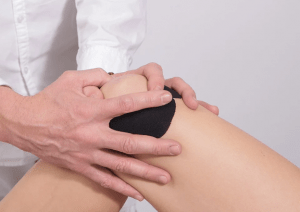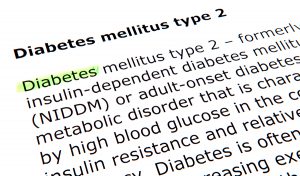Guest Blog: Suffering From Arthritis: 5 Objects To Make Your Life Easier
Arthritis is one of the most common diseases of the bones and joints around the world, specifically in women. In the simplest of terms, it is the chipping away of the protective layer of bones that help them slide smoothly against each other as you move. When this layer is damaged, friction increases which damages the joints progressively
Long Rod Object Graspers
One inevitable outcome of arthritis is the inability to reach up to objects placed on high shelves. Even if you try and do it, you end up feeling a lot of pain and stiffness in the joints afterwards. As such, one object that can help you on a daily basis to manage arthritis and carry out your daily tasks is to get a long rod grasper that allows you to get hold of things without having to look up or move your neck significantly. Same goes for bending down to lower shelves. Use a grasper to bring the objects onto the front and pick them up with holders.
Wheel Walker/Cane
Most of the arthritis patients experience distress due to their movement being restricted because of the disease. Walkers or canes help shift your weight on them and aid you in moving about in a better way, around the house as well as outside. Arthritis intensifies more when you are heavy weight because then your bones and joints have to bear more pressure. As such, this object helps in dividing the weight and managing the disease a great deal.
Assistive Kitchen Equipment
When t comes to working in the kitchen which is unavoidable, use equipment that shares the work you do with hands. For example, use electric or levered can openers rather than using knives that require you to exert significant pressure.
Hot water bottle
This is a heavy rubber bottle in which you can pour hot water, seal it shut and use it to warm your joint stiffness, especially in the morning. Arthritis patients regularly experience morning joint stiffness due to a consistent inactivity during the sleep hours. This helps prepare you for movement throughout the day. Even during the day if constant work causes pain in the joints, you can sit for a couple of minutes to warm your joints with hot water bottle and feel better.






